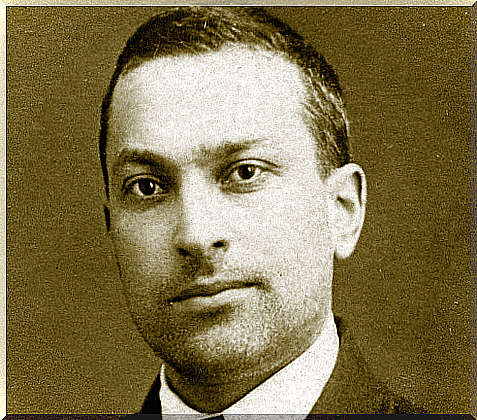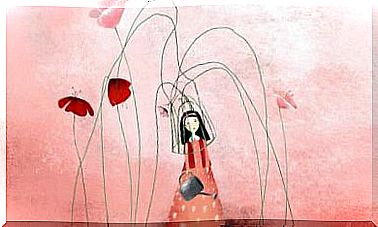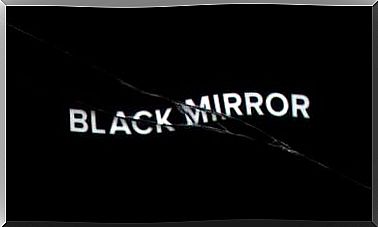Vygotsky’s Sociocultural Theory Of Cognitive Development

Vygotsky’s sociocultural theory of cognitive development focuses on the important contributions that society makes to individual development. This theory emphasizes the interaction between developing people and the culture in which they live.
Furthermore, this theory also suggests that human learning is largely a social process.
This theory focuses not only on how adults and peers influence individual learning, but also on how cultural beliefs and attitudes affect the way instruction and learning take place.
We can highlight that Vygotsky’s sociocultural theory is one of the foundations of constructivism, as it argues that children, far from being mere passive recipients, build their own knowledge, their own schema, based on the information they receive.
Keys to Vygotsky’s sociocultural theory of cognitive development
Vygotsky said that the community plays a central role in the process of ‘making sense’. This is why his sociocultural theory of cognitive development emphasizes the fundamental role of social interaction in the development of cognition.
According to Vygotsky, children still have a long period of brain development ahead of them. Furthermore, each culture would provide what he called the tools of intellectual adaptation. These tools allow children to use their basic mental skills in ways that are sensitive to the culture in which they grow up.
According to his theory, learning is a necessary and universal aspect of the culturally organized process of development, specifically the human psychological function. In other words, social learning tends to precede development.

Like Piaget, Vygotsky argued that babies are born with basic skills for intellectual development. These elementary mental functions are: attention, sensation, perception and memory.
It is through interaction within the sociocultural environment that these functions are developed and transformed into more sophisticated and effective mental processes and strategies, called higher mental functions.
In this sense, Vygotsky considers that cognitive functions, even those performed in isolation, are affected by beliefs, values and intellectual adaptation tools of the culture in which a person develops and, therefore, are socioculturally determined. Thus, the tools of intellectual adaptation vary from culture to culture.
Vygotsky believed that each culture has unique differences. As cultures can vary dramatically, Vygotsky’s sociocultural theory suggests that both the course and content of intellectual development are not as universal as Piaget believed.
Proximal Development Zone
One of the most important concepts in Vygotsky’s sociocultural theory of cognitive development is the zone of proximal development.
According to Vygotsky, the zone of proximal development is the distance between the actual level of development determined by solving problems independently and the level of potential development determined by solving problems under adult guidance or in collaboration with other more capable partners. .
Essentially, the zone of proximal development includes all the knowledge and skills that a person cannot yet understand or perform on their own, but is able to learn with guidance.
As children improve their skills and knowledge, they can progressively expand this area of proximal development.
Vygotsky considers the zone of proximal development to be the area in which the help of someone more experienced can gain greater value in the learning process. In other words, it is the place where the apprentice can benefit most, in terms of learning, by having an expert.

learning and playing
Vygotky’s theory also highlighted the importance of play for learning. Parents and teachers can use this context to find out where the child’s zone of proximal development is and take him there.
We talk about the area where there are tasks that are a real challenge for the student; a set of challenges that, given their level of development, can be overcome with a little support.
Vygotsky also sees interaction with peers as an effective way to develop skills and strategies. They are stimuli that normally have a very similar zone of proximal development.
That’s why he suggests the use of cooperative learning exercises, in which less competent children develop with the help of more qualified peers.









